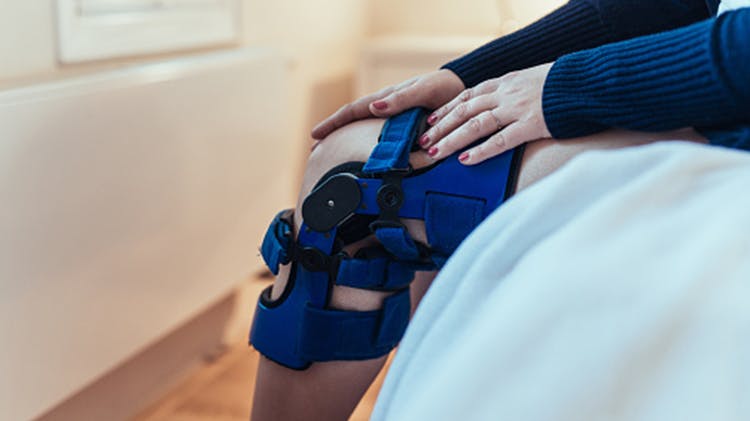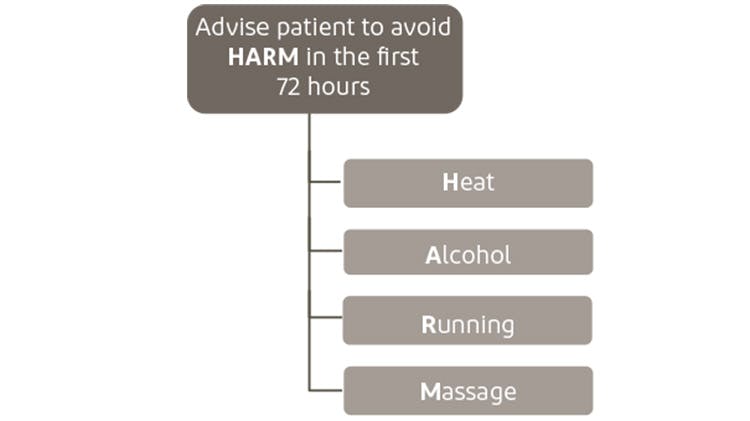Sprains and strains: Management

Managing muscular sprains and strains
Fortunately, sprains and strains typically respond well to treatment.
Most injuries of this type will feel better after 2 weeks, although severe injuries may take several months to return to normal.1
Here we review the different approaches that could help your patient get back to enjoying their life.
Guideline recommendations for treating sprains and strains
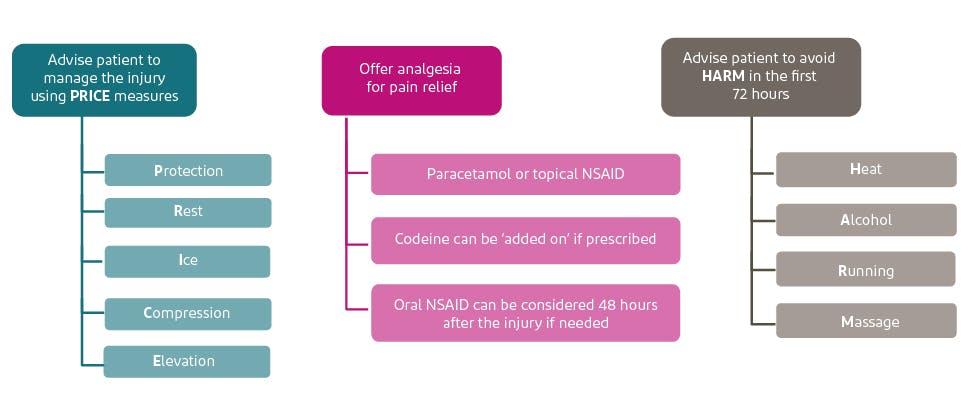
Sprains and strains can be managed simply in the first 72 hours following the injury
According to guidance from the National Institute for Health and Clinical Excellence, patients with sprains or strains should be advised to follow the PRICE and HARM protocols in the first few days after the injury.2
Read more about these approaches below.
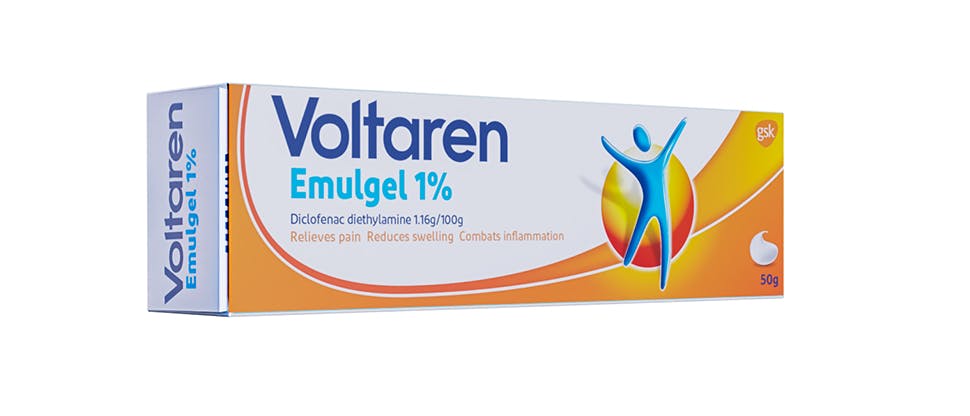
Analgesics can be used to relieve pain from sprains and strains
Paracetamol or topical medications such as non-steroidal anti-inflammatory drug (NSAID) gels can be used for sprains and strains.2–4
Codeine can be added on, if prescribed.2
Oral NSAIDs can be considered 48 hours after the injury, if needed.2,4
Utilising physical therapy to improve outcomes
Physiotherapeutic interventions can be beneficial for soft-tissue injuries
Treatment and rehabilitation plans must be individually tailored to maintain and improve range of motion, reduce pain and inflammation, and improve functional activities.
For example, massage therapy can reduce stiffness and muscle soreness – although this should not be used in the first few days after the injury.
Appropriate strengthening programmes using tailored exercises are often required in the longer term to maximise recovery, and training regimens may need to be adjusted.5
Using multimodal approaches to relieve pain from sprains and strains
A multimodal strategy is helpful
Pharmacological and physiotherapeutic interventions can be combined into a multimodal approach for managing sprains and strains. Guidelines recommend a range of intervention types.2
How can Ben and Nicholas be helped?

Ben
Ben has strained a muscle while running, and is struggling to work and take care of his children.
Ben wants effective pain relief and fast recovery.
Voltaren Triple Effect speeds recovery by relieving and reducing inflammation so Ben can get back on with his life.

Nicholas
Nicholas has recently strained a muscle that he has injured several times before, and recovery is taking longer than it did in the past. As a result, he is unable to participate in his usual regular sports, which is making him glum and frustrated.
Nicholas needs a solution that offers effective pain relief and fast recovery.
Voltaren Emulgel 1.16% provides effective relief of muscle pain so Nicholas can get on with his life.
Understanding sprains and strains
Signs and symptoms
Explore an overview of how to recognise sprains and strains and know when to refer patients.
Overview of joint pain
Find out about joint pain, and meet two patients with joint pain.
Learn more
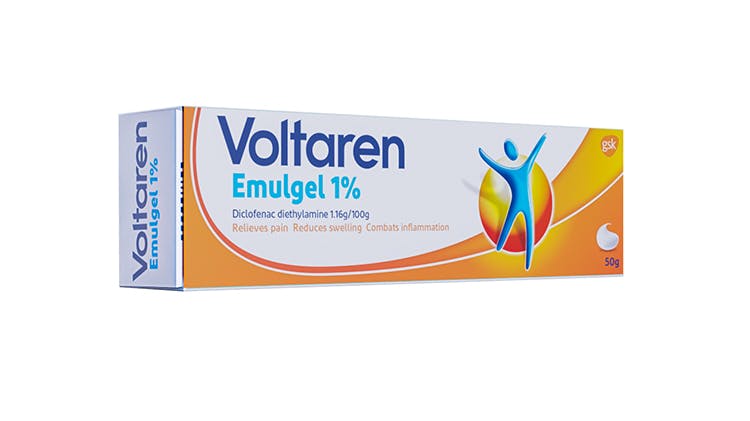
Voltaren Triple Effect 1.16% Emulgel for strains and sprains
Relieves pain, reduces inflammation and speeds up the natural healing process.6–8
Conditions
Our overviews of common pain conditions explore the causes, signs, symptoms and impact of each condition, and summarise the latest evidence-based management recommendations.
Patient care resources
Access a leaflet for your patients which can help them understand the causes of muscle pain and how best to treat it.

